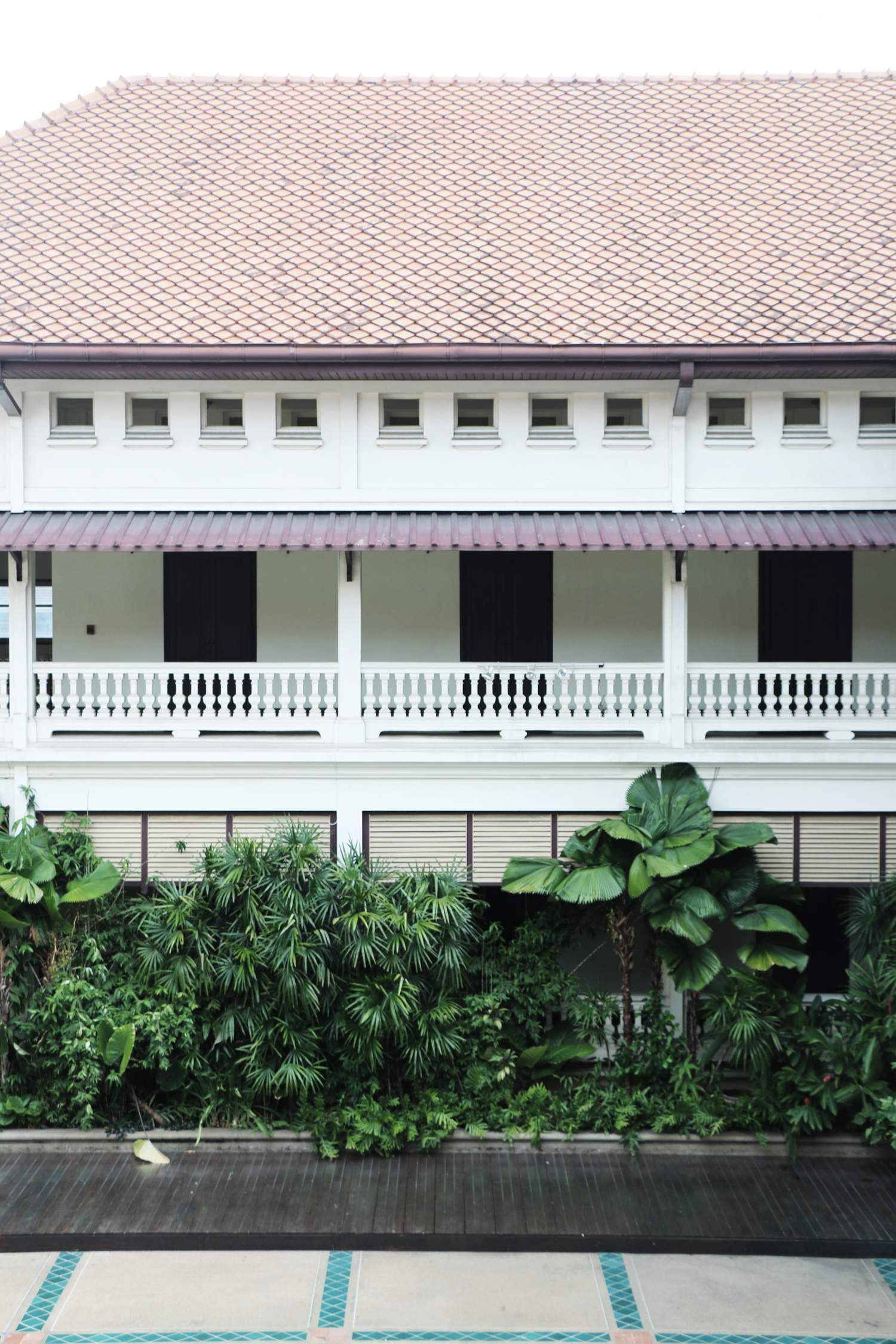There is no shortage of shopping malls in Asia. Every year it seems the malls are getting bigger and bolder with new attractions for the region's growing middle class. Take for instance, the 'Great Singapore Sale' which attracts thousands of international visitors annually. Is Malaysia the new Singapore?
Personally, I am not a fan of being trapped in these privately owned spaces of consumption. But I have recently moved to Kuala Lumpur, Malaysia, where shopping malls are destinations and experiences in themselves. And in a city that averages 32 degrees, 80% humidity and has recently been clouded in a toxic haze, I’ve come to appreciate the mall.
Malls have played a large role in the city’s evolution as a modern city catering to the shifting needs of a growing middle class. In travel guides, KL has been described as a shopaholic’s dream, with no shortage of world-class shopping malls. Shopping malls have been a success business model in Australia, U.S and Canada for the past 40 years often being criticized (rightfully) for taking business away from small business found in suburban main-streets. Shopping malls have evolved from a ‘box’ development into a ‘lifestyle’ development with residential, commercial and retail in one location creating destinations fostering social and cultural interactions.
This model is most distinct in KL. If I want to visit the Malaysian Philharmonic Orchestra or go to an Art Gallery, I would visit ‘Suria’, a high-end shopping mall in KL City Centre. If I am looking for children’s activities, I could visit ‘Sunway Pyramid’ for a water theme park or ‘Setia City Mall’ for a more affordable option of kite flying, bike riding and rollerblading around the 10 acres of landscaped parkland surrounding the mall. When looking for an artisan market or flea market I would go to ‘Jaya One’ or ‘Amcorp’ Mall respectively. KL has challenged my ideals for high street shopping and has made me question my western prejudice. Are shopping centres such as bad thing? While there are definitely some bad examples that exclude people through poor design and price. There are some great examples where a place making philosophy is at the core of the development.
‘Publika’ is a shopping mall located 10 minutes north of KL City Centre. Surrounding the mall are residential and commercial buildings, small streets, public squares and playgrounds. The anchor tenants include independent grocery store BIG, art galleries and performance spaces where talks, exhibitions and live international and local bands play. This property is filled with artist murals and hosts various events in The Square, including free films every Monday; handicraft markets each month and annual events such as the Coffee and Art Fringe, International Jazz and Comedy festivals. Rents are also kept low to encourage new talents and local designers in pop-up shops. As a result ‘Publika’ is providing a place for KL’s creative community and an example of how creating the right urban solution is about understanding the needs of your local place, both the environment and the people.
With this new appreciation for shopping malls, I find myself hanging out in malls to shop for handicrafts and afternoon tea and I’m ok with that.
Coffee and Art Fringe, one of many festivals that take place at Publika
Public square at Publika
Monthly Artisan market
Public Art and streetscape at Publika













